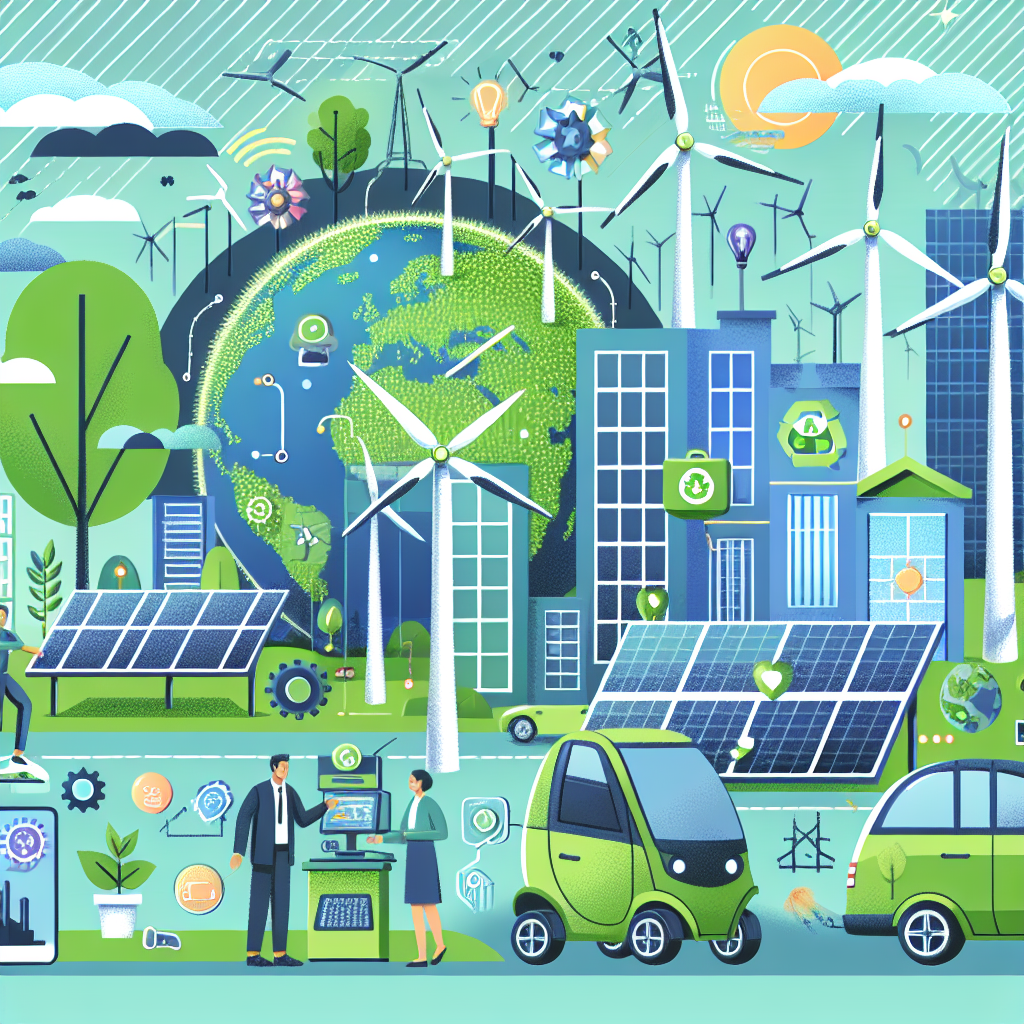Introduction to Sustainable Development
Our understanding of sustainable development has evolved significantly over time, emphasizing the need for a holistic and integrated approach to address the pressing challenges of our world today. As an expert in the field, this blog post provides an objective overview of sustainable development, explores its principles, examines the Sustainable Development Goals (SDGs), discusses strategies for achieving sustainability, presents case studies, and highlights the implications of sustainable development.
In understanding sustainable development, it is important to first define it. According to the Brundtland Report (World Commission on Environment and Development), sustainable development is "development that meets the needs of the present without compromising the ability of future generations to meet their own needs." This definition highlights the importance of balancing economic, social, and environmental dimensions.
The historical background of sustainable development can be traced back to the 1972 Stockholm Conference on the Human Environment, which brought global attention to the interdependence between human well-being and the environment. Since then, sustainable development has become a key concept in international policymaking and discourse.
Sustainable development is crucial because it offers a pathway to address global challenges such as poverty, climate change, and inequality. As Johan Rockström, Director at the Potsdam Institute for Climate Impact Research, explains, "Sustainable development requires bringing together environmental sustainability, economic prosperity, and social justice. It offers a framework for creating a better future for all."
The principles of sustainable development guide our actions and decisions in achieving sustainability. These include interdependence and integration, equity and social justice, conservation and stewardship, and precaution and risk management. These principles ensure a systems-based approach that considers the interconnectedness of social, economic, and environmental factors.
Sustainable Development Goals (SDGs)
The Sustainable Development Goals (SDGs), adopted by the United Nations in 2015, provide a comprehensive framework for addressing global challenges. With 17 goals and 169 targets, the SDGs aim to eradicate poverty, promote sustainable economic growth, protect the environment, and ensure social inclusion. As Helen Clark, former Administrator of the United Nations Development Programme, states, "The SDGs are a universal call to action to end poverty, protect the planet, and ensure that all people enjoy peace and prosperity."
Sustainable Development Strategies
To achieve sustainable development, various strategies and approaches are required. These include policy and governance approaches, economic and financial instruments, technological innovations and solutions, and community engagement and participation. These strategies encompass a range of actions at different levels, from global to local, to foster sustainable development.
Case Studies in Sustainable Development
Case studies provide real-world examples of sustainable development in action. For instance, sustainable agriculture, such as organic farming, promotes ecological balance, enhances soil fertility, and reduces the use of synthetic chemicals. Transitioning to renewable energy sources, such as wind and solar power, demonstrates the potential to reduce greenhouse gas emissions and mitigate climate change. Additionally, the development of eco-cities showcases sustainable urban planning and design principles that prioritize resource efficiency and livability.
Implications of Sustainable Development
Implications of sustainable development span across environmental, social, cultural, economic, and governance aspects. The adoption of sustainable practices contributes to the conservation of natural resources, protects biodiversity, improves social well-being, and fosters economic resilience. Policymakers and decision-makers at all levels must consider these implications and integrate sustainable development principles into their policies and strategies.
Conclusion and Call to Action
In conclusion, sustainable development is a crucial pathway towards a more equitable, resilient, and sustainable future. As individuals and professionals, we must engage in an ongoing dialogue, collaborate across sectors, and advocate for sustainable practices. By understanding and embracing sustainable development, we can collectively work towards a better world for present and future generations.
Call to Action: Join the conversation on sustainable development by sharing your insights and experiences. Engage with professionals, policymakers, and stakeholders in your community, and continue to explore and promote sustainable solutions. By working together, we can create a sustainable and prosperous future for all.
Topics




